Priest Hutton
![]()
![]()
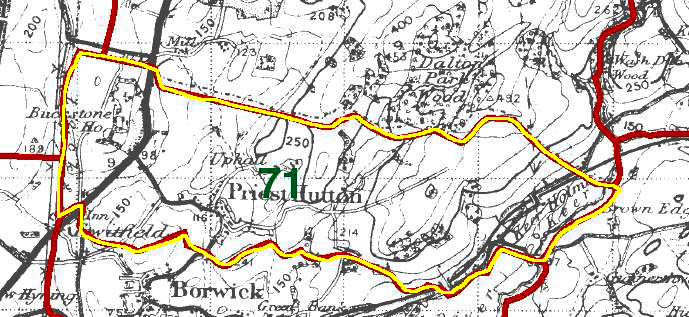
Priest Hutton
The first recorded mention of Priest Hutton was in 1086 in the Domesday Book where it was called Hotun. The township, also previously known as Presthotone and Nether Hutton, lies to the east of Warton. In 1086, like Warton, it was one of the manors held by Torfin of Austwick. At the end of the 16th century the manor of Priest Hutton was acquired by Robert Binloss of Borwick, although by then parcels of land had been endowed to Warton Church.
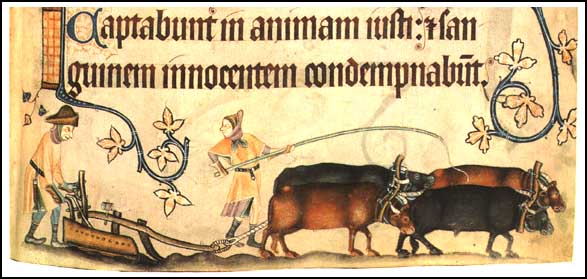 It seems strange to think that the minute Whitebeck stream that trickles through the Parish once had its own mill and was the cause of a dispute in 1560 between the Ashton and Middleton families. Upp Hall, now a farm, is an early 18th century house and there are remains of a possible mansion nearby. A medieval moated enclosure and fishponds survive as earthworks to the east of the house. The village contains several 17th century dwellings and is surrounded by enclosed fields within which the medieval ridge and furrow system can still be seen.
It seems strange to think that the minute Whitebeck stream that trickles through the Parish once had its own mill and was the cause of a dispute in 1560 between the Ashton and Middleton families. Upp Hall, now a farm, is an early 18th century house and there are remains of a possible mansion nearby. A medieval moated enclosure and fishponds survive as earthworks to the east of the house. The village contains several 17th century dwellings and is surrounded by enclosed fields within which the medieval ridge and furrow system can still be seen.
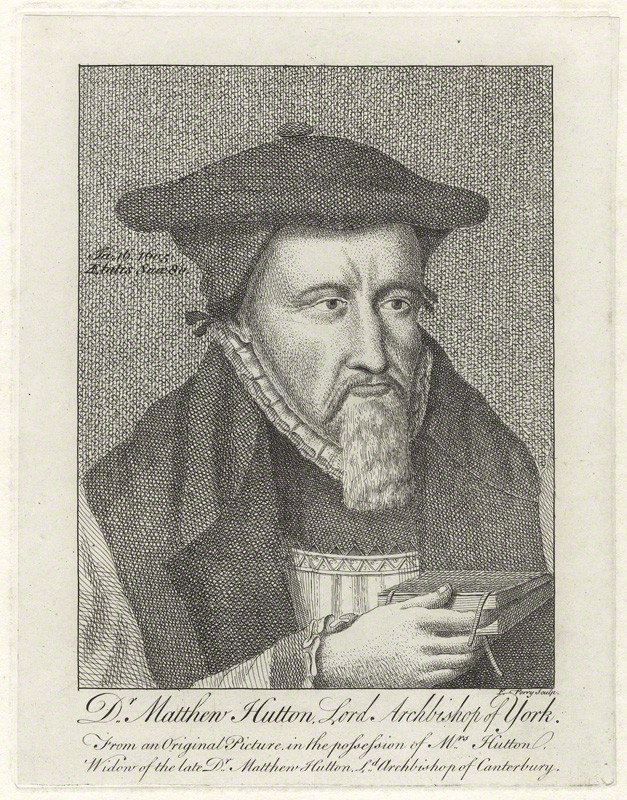 However, Matthew Hutton, born in Priest Hutton in 1529, is the most notable person to come from the township. He went on to be educated at Cambridge. Matthew Hutton adopted the Protestant faith and after Elizabeth was crowned he became one of the leading clerics in England. He became Master of Pembroke College and after holding a number of positions he became Bishop of Durham in 1589 and Archbishop of York in 1596. In 1595 Matthew Hutton founded Warton Grammar School and almshouses. A descendant of his, another Matthew Hutton (1693-1758), also became Archbishop of York and subsequently Canterbury. To this day the Primary School in Warton is known as Archbishop Hutton Endowed School. Priest Hutton school was built in 1897 and closed in 1978. The school logbook records much illness among the children in the early years of the 20th century and also time taken off for farm work. The original school opened in what was the village tithe barn where church services were also held.
However, Matthew Hutton, born in Priest Hutton in 1529, is the most notable person to come from the township. He went on to be educated at Cambridge. Matthew Hutton adopted the Protestant faith and after Elizabeth was crowned he became one of the leading clerics in England. He became Master of Pembroke College and after holding a number of positions he became Bishop of Durham in 1589 and Archbishop of York in 1596. In 1595 Matthew Hutton founded Warton Grammar School and almshouses. A descendant of his, another Matthew Hutton (1693-1758), also became Archbishop of York and subsequently Canterbury. To this day the Primary School in Warton is known as Archbishop Hutton Endowed School. Priest Hutton school was built in 1897 and closed in 1978. The school logbook records much illness among the children in the early years of the 20th century and also time taken off for farm work. The original school opened in what was the village tithe barn where church services were also held.
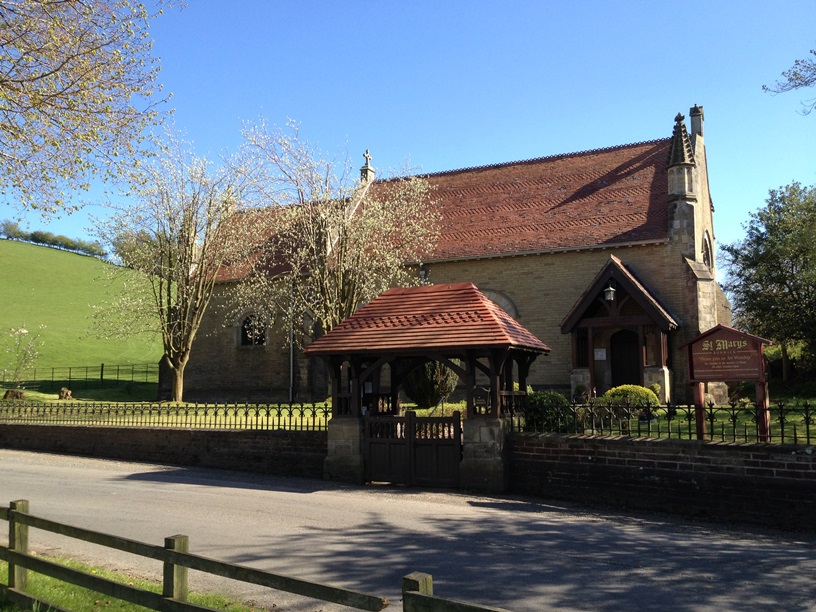 The Anglican Church of St Mary, is just within Borwick’s boundary, but the Memorial Hall is just in Priest Hutton. The church, built in the gothic revival style, was built for William Sharp of Linden Hall in 1894-1896 in memory of his wife, Clara Sharp, who had died in 1889. The architects were Paley, Austin and Paley of Lancaster. The original Memorial Hall, pulled down in 1988 to make way for a new one on the same site, was erected in memory of the men who gave their lives in the First World War.
The Anglican Church of St Mary, is just within Borwick’s boundary, but the Memorial Hall is just in Priest Hutton. The church, built in the gothic revival style, was built for William Sharp of Linden Hall in 1894-1896 in memory of his wife, Clara Sharp, who had died in 1889. The architects were Paley, Austin and Paley of Lancaster. The original Memorial Hall, pulled down in 1988 to make way for a new one on the same site, was erected in memory of the men who gave their lives in the First World War.
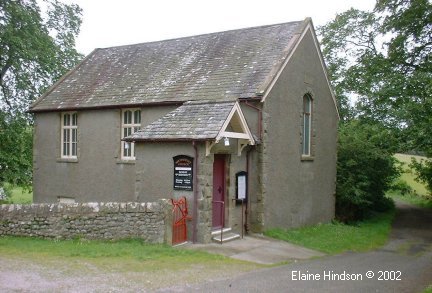 The canal, which was originally intended to link West Houghton and Kendal, was opened in 1797. The canal brought much work to the area and about the same time Methodism grew in popularity. Tewitfield Methodist Chapel was within easy walking distance of the village via Kirkgate, an ancient stoned road. The chapel is thought to have been originally an alehouse used by the canal navvies! In 1970 the M6 motorway cut through the canal isolating the magnificent flight of locks at Tewitfield, which sadly are now no longer in use. Tewit is a dialect name for the lapwing.
The canal, which was originally intended to link West Houghton and Kendal, was opened in 1797. The canal brought much work to the area and about the same time Methodism grew in popularity. Tewitfield Methodist Chapel was within easy walking distance of the village via Kirkgate, an ancient stoned road. The chapel is thought to have been originally an alehouse used by the canal navvies! In 1970 the M6 motorway cut through the canal isolating the magnificent flight of locks at Tewitfield, which sadly are now no longer in use. Tewit is a dialect name for the lapwing.
The A6070 road to Burton in Kendal was a drovers’ road that was repaired and widened by an Act of Parliament in 1751. Later in the 19th century it became part of the Garstang to Heron Syke Turnpike.
Priest Hutton is the smallest of the Warton townships, both by population and households. In 1851 there were 213 residents and in 2001 there were 177. Priest Hutton is so small that it does not have a parish council. Instead it has regular parish meetings. At the end of WW2 the vast majority of the houses were relatively modest properties that were rented to farm labourers, quarry and canal workers. The village did have, however, a school, shop, post office, smithy, joiner’s workshop, basket maker’s and a slaughterhouse. Now all of these have disappeared, being converted into residences. In the last 150 years only twelve or so houses have been built. Mains water was brought to the village in 1936. Prior to that, the inhabitants relied upon, wells, hand pumps and rainwater. Electricity also came to the village in the early 20th century. However the village still has no mains sewage, gas, street lighting, pavements or signs for the roads. In some ways the village has changed little in the last 150 years, but the majority of the population no longer work on the land, but commute to Kendal, Lancaster, Preston, Manchester and the surrounding area.
